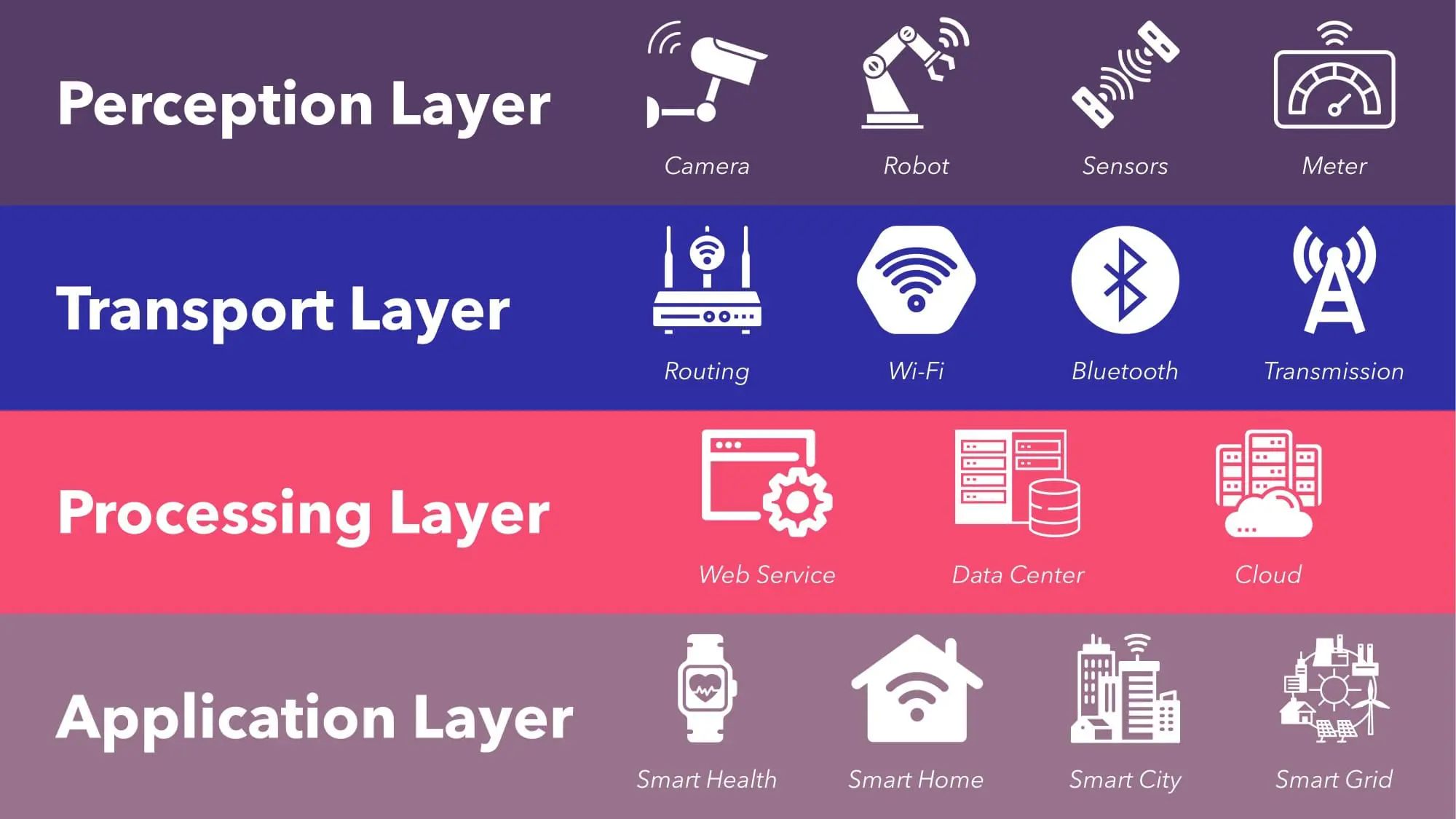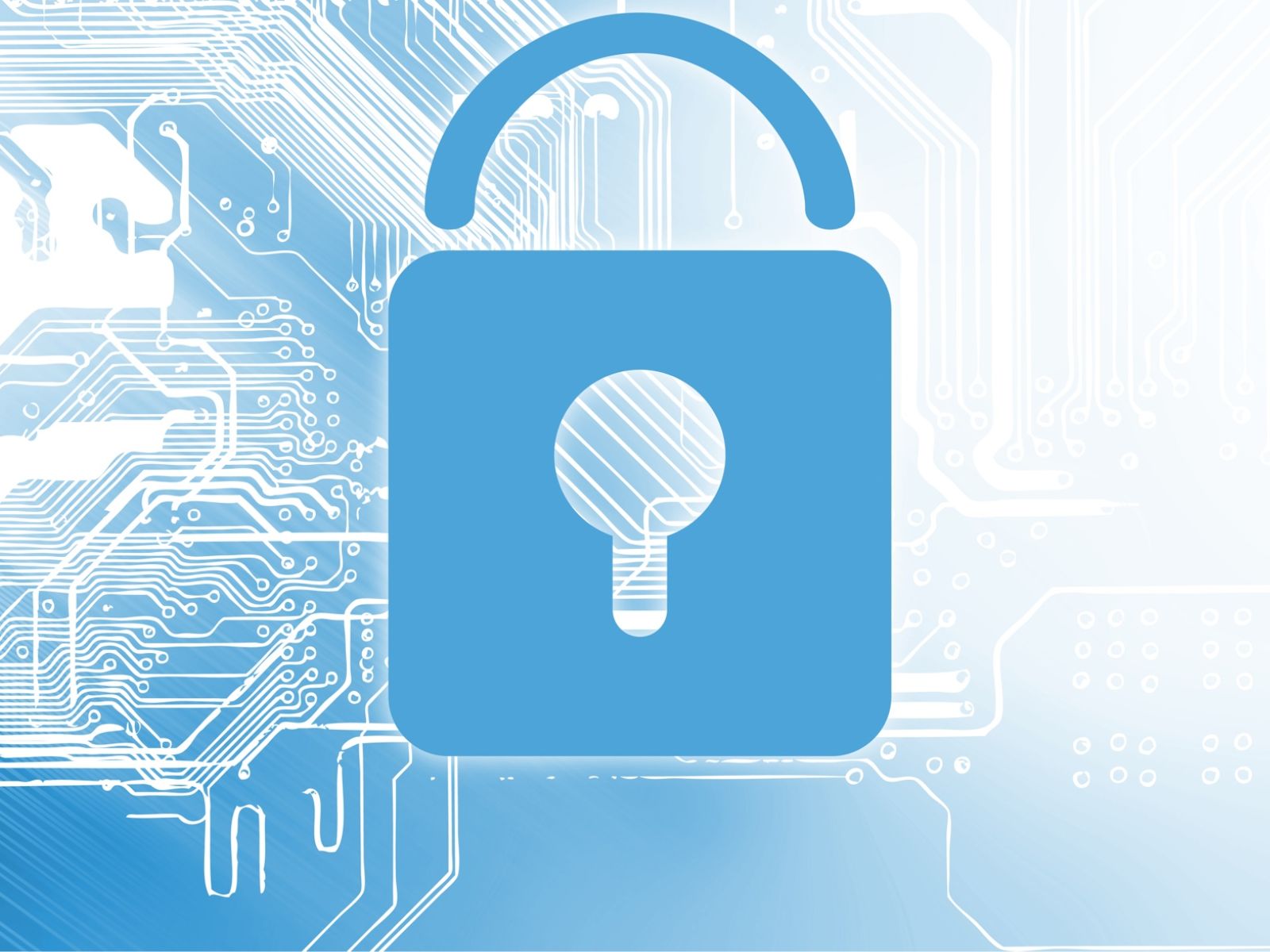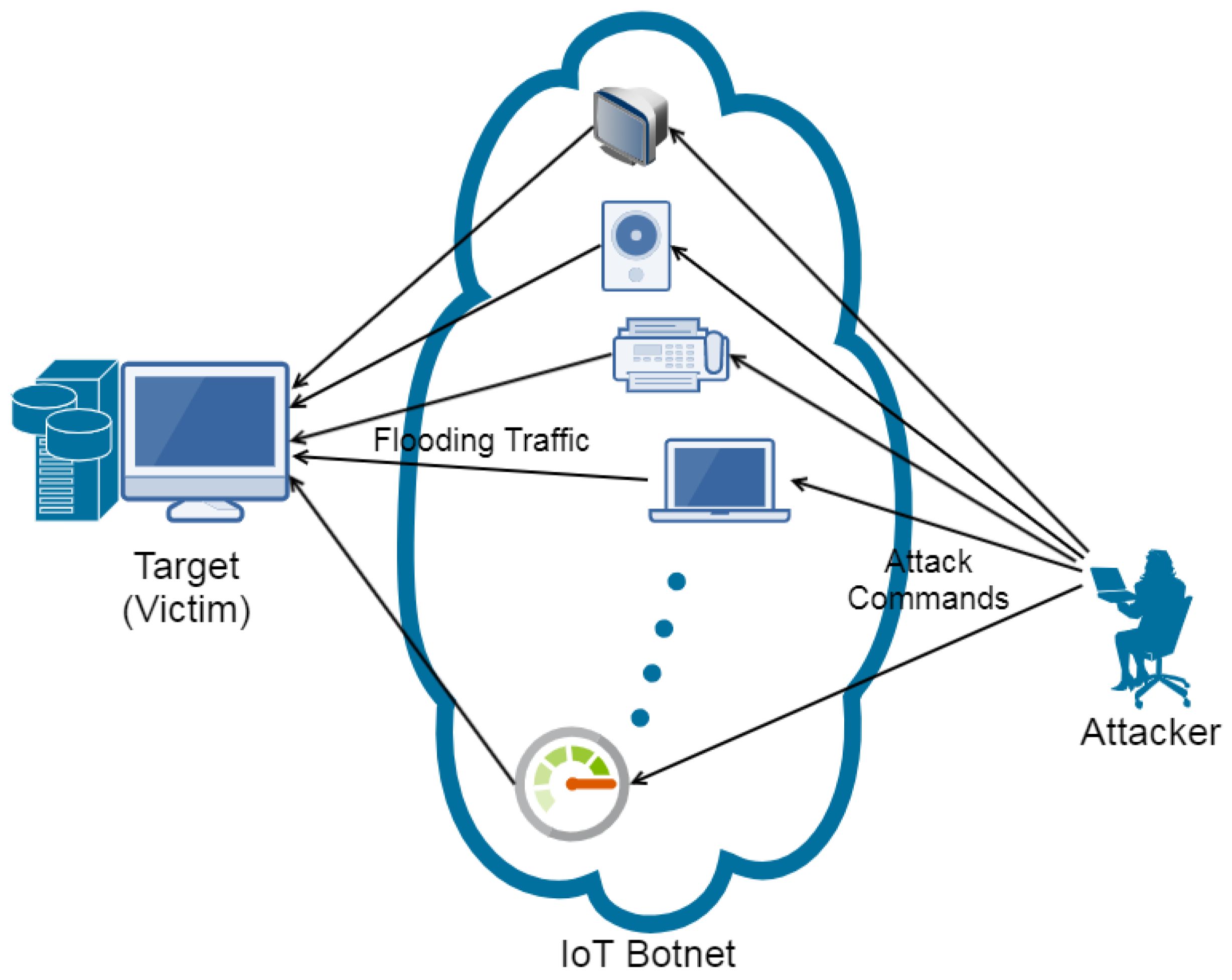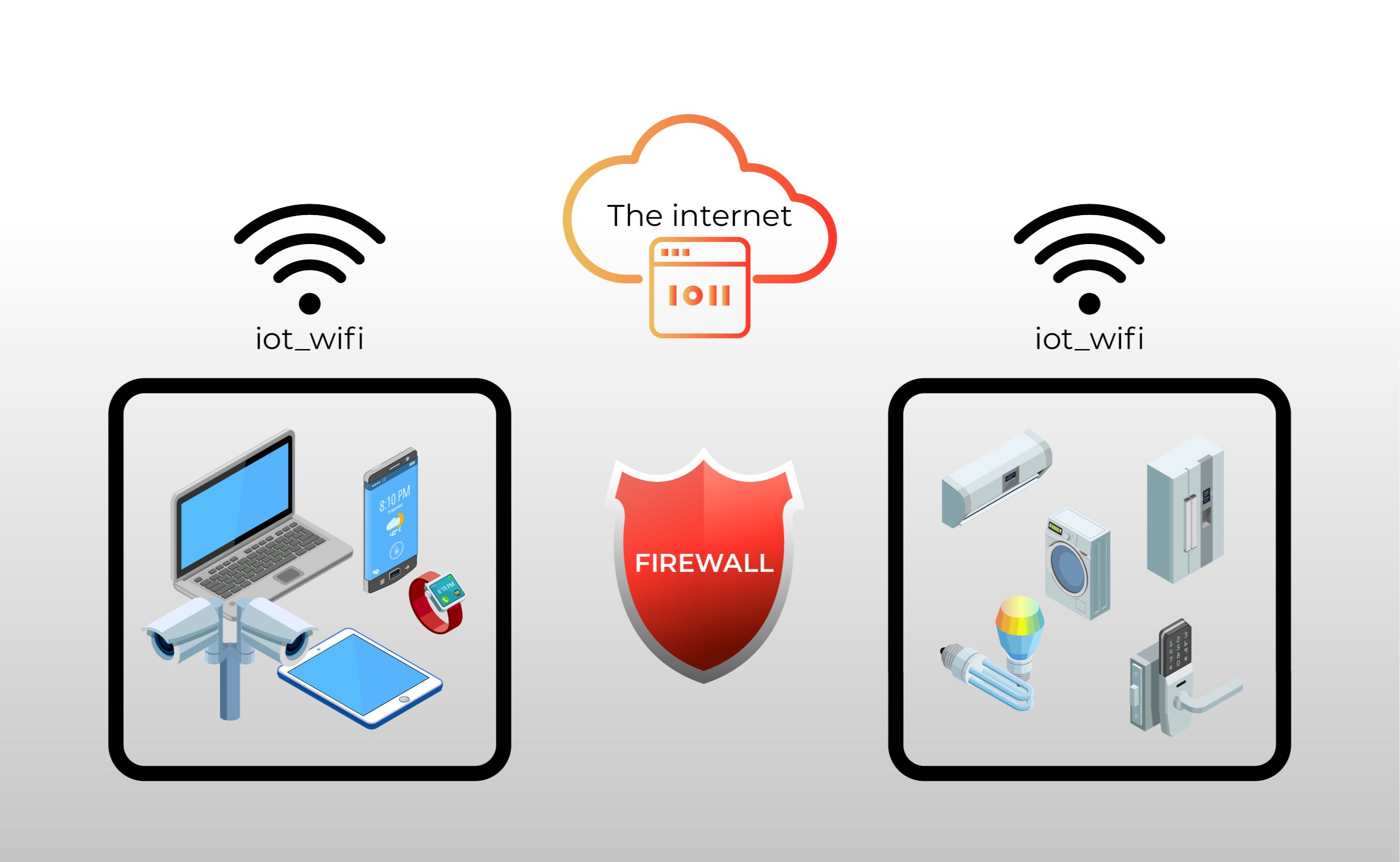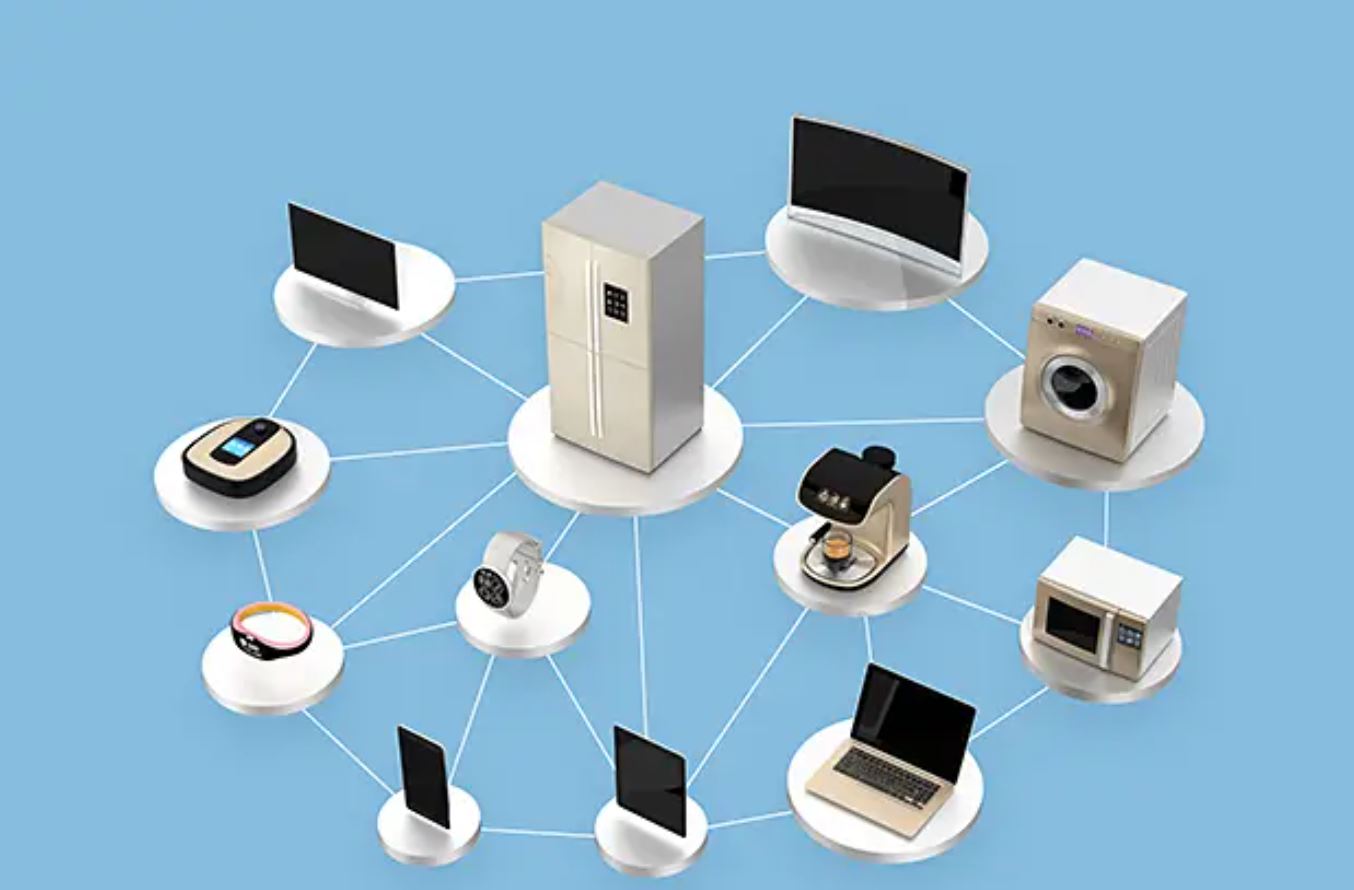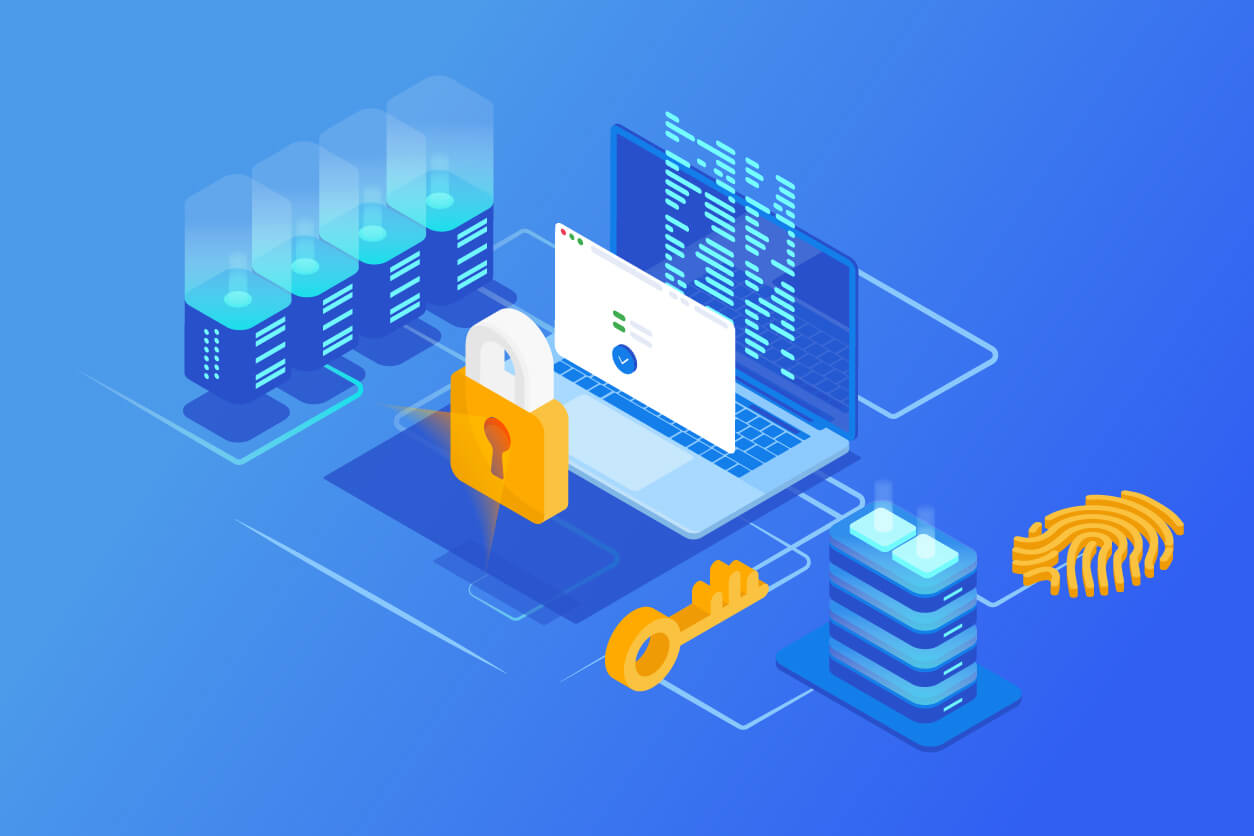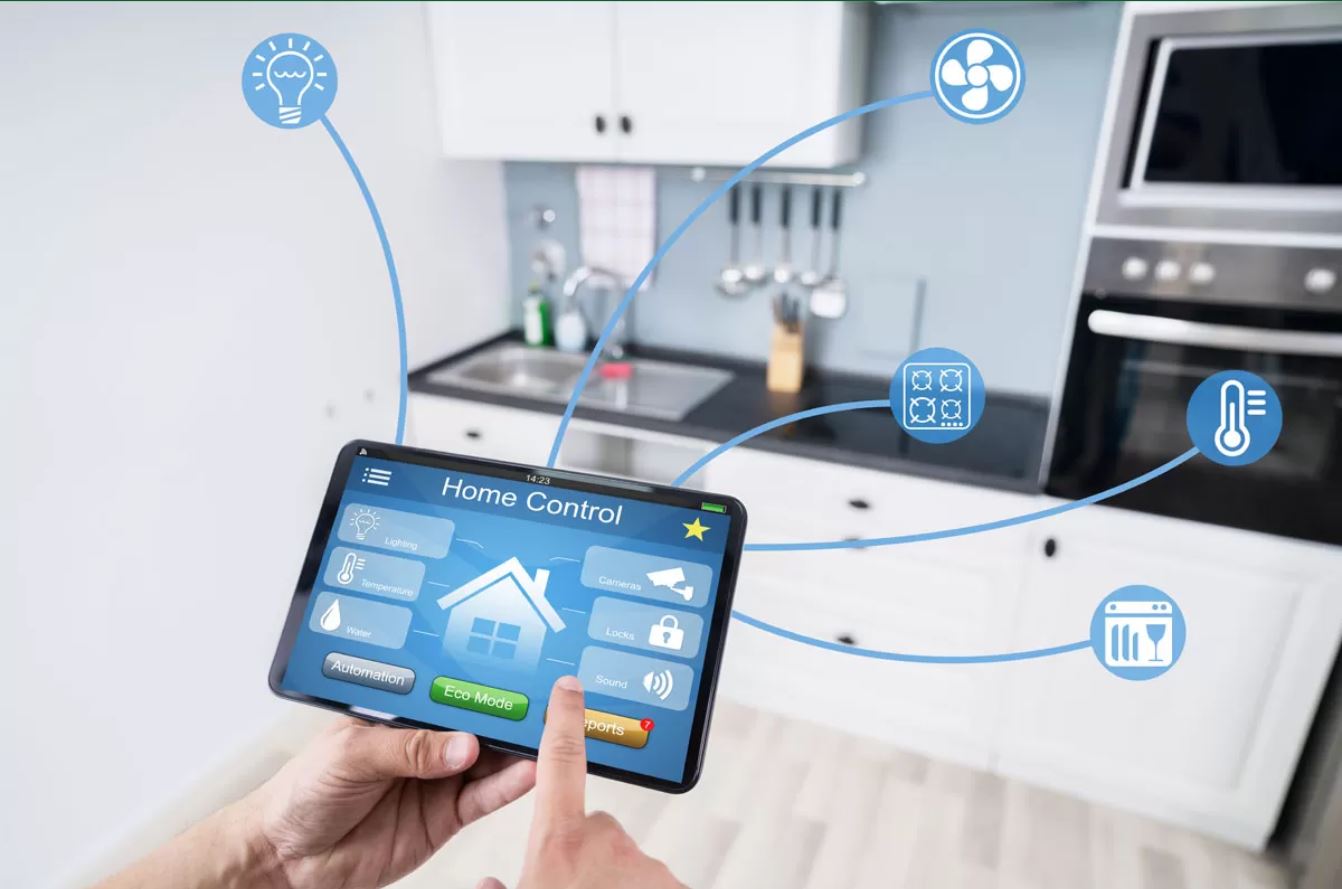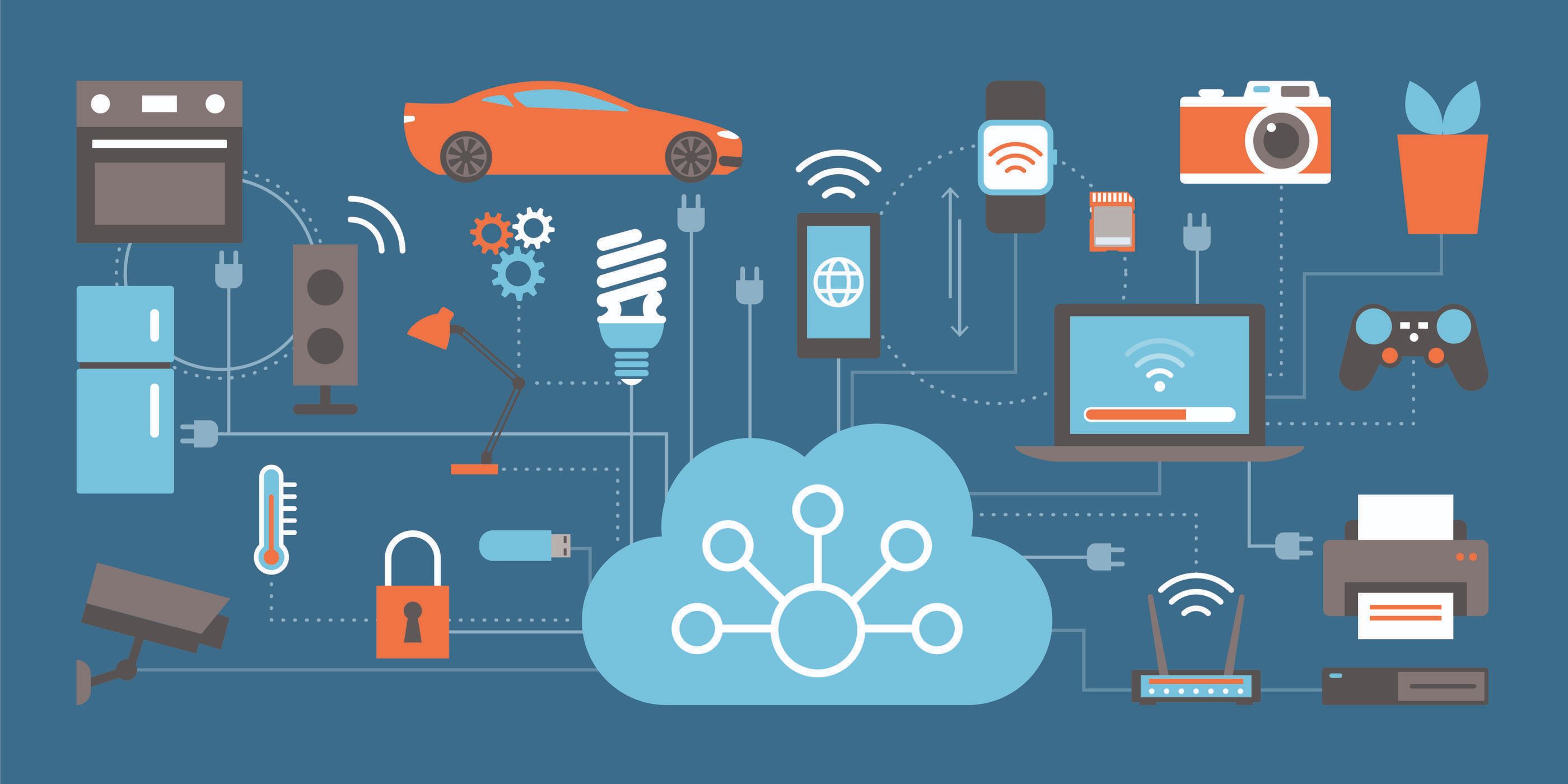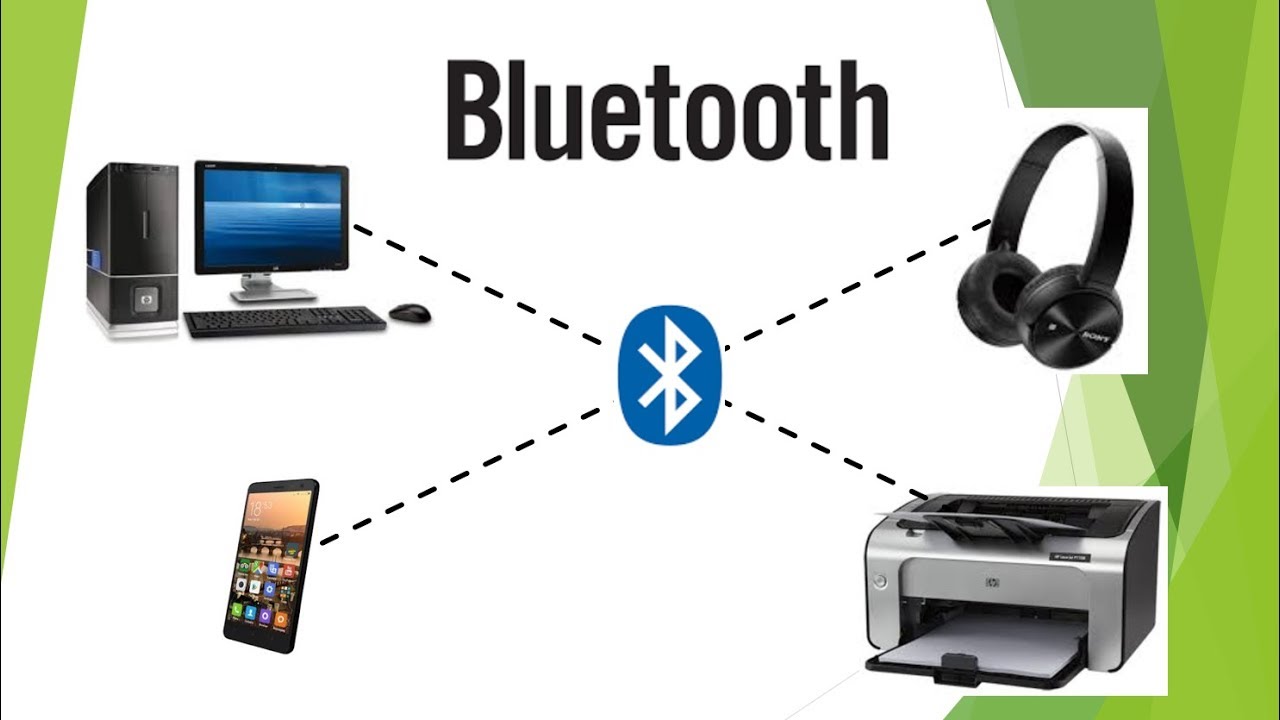Introduction
The Internet of Things (IoT) is rapidly transforming the way we live and interact with technology. It refers to the networking of physical objects, devices, and machines that are embedded with sensors, software, and connectivity to exchange data and perform tasks autonomously. The IoT has the potential to revolutionize various industries, including healthcare, transportation, agriculture, and many more.
At its core, the IoT is composed of multiple layers that work together to enable seamless communication and data transfer between devices. These layers represent different stages of the IoT architecture and ensure that data flows smoothly from the physical environment to the cloud infrastructure. Understanding these layers is crucial for developing robust and efficient IoT solutions.
In this article, we will explore the different layers of the IoT and their respective roles in facilitating connectivity, data processing, and security. By delving into each layer, we can gain a comprehensive understanding of the IoT ecosystem and the opportunities it presents.
Physical Layer
The physical layer, also known as the “sensing layer,” is the foundation of the IoT architecture. It consists of physical objects, sensors, and actuators that gather and transmit data from the physical environment. These objects can range from simple devices like temperature sensors to complex systems like robots or drones.
The main purpose of the physical layer is to capture real-world data and convert it into digital signals that can be processed and transmitted further. Sensors play a vital role in this layer by detecting physical parameters such as temperature, humidity, light intensity, or motion. Actuators, on the other hand, are responsible for taking actions based on the data received, such as turning on or off a device, adjusting settings, or initiating a process.
There are various types of sensors used in the physical layer, each designed to measure specific parameters. For example, a temperature sensor measures the ambient temperature, a humidity sensor measures the moisture content in the air, and a motion sensor detects movement within its range. These sensors are typically connected to a microcontroller or a small computing unit, which collects and processes the data before transmitting it to the next layer.
In addition to sensors and actuators, the physical layer also includes communication protocols and networks that facilitate the transmission of data. Different wireless and wired communication technologies, such as Wi-Fi, Bluetooth, Zigbee, or RFID, are used to establish connectivity between devices and enable seamless data exchange.
Overall, the physical layer forms the backbone of the IoT ecosystem, enabling the collection of real-world data that fuels the entire system’s functionality. It lays the groundwork for subsequent layers to process, analyze, and utilize the gathered information to deliver valuable insights and actions.
Sensing Layer
The sensing layer is a crucial component of the IoT architecture that focuses on gathering data from the physical environment through various sensors. It acts as an intermediary between the physical layer and the higher layers of the system, ensuring that the collected data is accurate, reliable, and relevant.
In the sensing layer, sensors are responsible for capturing information about the physical world. These sensors may include temperature sensors, humidity sensors, pressure sensors, light sensors, proximity sensors, and many more. They are designed to measure specific physical quantities and convert them into electrical signals that can be processed by the IoT system.
The sensing layer is characterized by its ability to gather both quantitative and qualitative data. For example, a temperature sensor can measure the exact temperature value, while a camera sensor can capture images or videos. This diverse range of sensors enables the IoT system to collect a wide variety of data types, contributing to a holistic understanding of the physical environment.
One of the significant challenges in the sensing layer is ensuring the accuracy and reliability of the collected data. Environmental factors, sensor limitations, and signal interference can impact the data quality. Consequently, calibration, sensor maintenance, and data validation techniques are employed to mitigate these issues and ensure the accuracy of the collected information.
Additionally, data fusion techniques are often employed in the sensing layer to combine data from multiple sensors to obtain more accurate and comprehensive insights. Integration of data from different sensors allows for a more detailed understanding of the environment and enables complex decision-making processes.
The sensing layer acts as a bridge between the physical world and the digital realm, enabling the IoT system to gather real-time data and create a detailed picture of the physical environment. The accurate and reliable data collected in this layer forms the foundation for further analysis and decision-making processes in the higher layers of the IoT architecture.
Networking Layer
The networking layer of the IoT architecture is responsible for establishing connectivity and facilitating seamless communication between devices and systems. It serves as a bridge that enables data transmission across a wide range of networks, allowing devices to communicate with each other and exchange information.
In the networking layer, various communication protocols and technologies are utilized to establish connections between devices. These protocols include Wi-Fi, Bluetooth, Zigbee, cellular networks, Ethernet, and many others. The choice of protocol depends on factors such as range, data transfer rate, power consumption, and the specific requirements of the IoT application.
One of the key challenges in the networking layer is addressing the heterogeneity of devices and networks within the IoT ecosystem. Different devices may operate on different protocols or use different communication technologies. Therefore, protocols like MQTT (Message Queuing Telemetry Transport) and CoAP (Constrained Application Protocol) are used to enable interoperability and efficient communication between devices with diverse characteristics.
Another important aspect of the networking layer is security. As data is transmitted across networks, it is crucial to ensure the confidentiality, integrity, and availability of the information. Encryption algorithms, authentication mechanisms, and secure communication protocols are employed to protect the data from unauthorized access and maintain the integrity of the IoT system.
The networking layer plays a vital role in enabling scalability and flexibility within the IoT ecosystem. It facilitates the connection of devices, sensors, and actuators to form a network where data can be transmitted and shared seamlessly. This interconnected network of devices allows for real-time data exchange, remote control, and efficient collaboration.
Overall, the networking layer forms the backbone of the IoT architecture, enabling the establishment of connections and seamless communication between devices. It plays a pivotal role in ensuring the efficient and secure transfer of data, which is essential for the successful operation of the entire IoT system.
Middleware Layer
The middleware layer of the IoT architecture acts as a bridge between the networking layer and the application layer. It provides a layer of abstraction that simplifies the development and management of IoT applications by handling complex functionalities such as data processing, device management, and application integration.
In the middleware layer, middleware software or platforms are used to facilitate communication and interoperability between devices, networks, and applications. These middleware solutions provide a set of APIs (Application Programming Interfaces) and protocols that abstract the underlying complexities of the IoT system, making it easier for developers to interact with the devices and access the collected data.
One of the key functions of the middleware layer is data processing and analytics. It provides the necessary tools and frameworks for collecting, aggregating, filtering, and analyzing the data generated by the IoT devices. This enables the extraction of valuable insights and the generation of real-time actionable information.
Device management is another critical aspect of the middleware layer. It encompasses functionalities such as device discovery, provisioning, configuration, and software updates. The middleware provides a centralized management system that allows administrators to monitor and control the connected devices efficiently.
Furthermore, the middleware layer facilitates application integration by providing APIs and protocols for seamless interactions between IoT applications and other systems. This enables the integration of IoT data with existing enterprise systems, cloud platforms, and third-party applications, extending the capabilities of the IoT ecosystem.
Interoperability is a significant challenge in the IoT ecosystem, given the wide variety of devices, protocols, and technologies involved. The middleware layer plays a crucial role in addressing this challenge by providing a standardized interface and ensuring compatibility between different components of the IoT system.
Overall, the middleware layer acts as a mediator between the networking layer and the application layer, enabling efficient data processing, device management, and application integration. It simplifies the development and management of IoT applications, making it easier to leverage the power of IoT technology for diverse use cases.
Application Layer
The application layer is the topmost layer of the IoT architecture and is responsible for enabling specific functionalities and services tailored to meet the needs of end-users and organizations. It represents the interface through which users interact with the IoT system and leverage the collected data for various applications and use cases.
In the application layer, IoT solutions are developed to address specific requirements across various industries and domains. These applications can range from smart home systems, industrial automation, healthcare monitoring, agriculture management, to smart cities, among many others. The applications in this layer provide value-added services, insights, and control to enhance efficiency, productivity, and convenience.
The application layer leverages the data collected from the physical environment and processed by the lower layers to deliver meaningful insights and actions. It involves data visualization, data analytics, and decision-making algorithms to extract valuable information and present it in a user-friendly and actionable manner.
One of the key aspects of the application layer is user experience (UX) design. IoT applications should be intuitive, easy to navigate, and provide a seamless user experience. This layer focuses on designing interfaces, dashboards, and controls that enable users to interact with the IoT system, monitor data, and initiate actions.
Moreover, the application layer often integrates machine learning and artificial intelligence algorithms to enable predictive analytics and intelligent decision-making. These algorithms utilize historical data patterns and real-time information to forecast future trends, detect anomalies, and automate certain processes, enhancing the overall efficiency and effectiveness of the IoT system.
The application layer also interacts with external systems and services, such as cloud platforms, third-party APIs, and other enterprise applications. This integration allows for extended functionality and interoperability, enabling seamless data exchange and collaboration between different systems.
Overall, the application layer is the user-facing part of the IoT architecture, where specific use cases and functionalities are developed to meet the unique needs of end-users and organizations. It empowers users with valuable insights, control, and automation, enhancing various aspects of daily life and business operations.
Data Storage Layer
The data storage layer of the IoT architecture is responsible for managing and storing the vast amounts of data generated by devices and sensors in the IoT ecosystem. It plays a critical role in ensuring that the collected data is securely stored, easily accessible, and available for analysis and future use.
In the data storage layer, various storage technologies and solutions are employed to handle the massive volume, variety, and velocity of IoT data. These technologies include traditional databases, distributed file systems, cloud-based storage, and edge storage solutions.
Traditional databases, such as relational databases, are commonly used for storing structured IoT data. They provide a structured format for data storage and support efficient querying and data retrieval. However, as the volume of IoT data continues to increase, new storage technologies, like NoSQL databases, are being utilized to handle the flexibility and scalability required in storing unstructured or semi-structured IoT data.
Cloud-based storage is also leveraged in the data storage layer, offering scalability, accessibility, and cost-efficiency. Cloud storage provides a centralized repository for IoT data, allowing for easy sharing, backup, and analysis. Additionally, edge storage solutions are employed to store data closer to the devices or at the network edge, enabling quick access to real-time data and reducing latency.
Data security and privacy are significant concerns in the data storage layer. As IoT data contains sensitive information, robust security measures, such as encryption, access controls, and data anonymization, are implemented to protect data from unauthorized access or breaches. Compliance with privacy regulations and industry standards is also crucial to ensure the secure and ethical handling of IoT data.
Data governance and data management practices are implemented in the data storage layer to ensure data quality, integrity, and reliability. This includes data cleansing, data deduplication, and data lifecycle management techniques. Proper metadata management is also important for organizing and categorizing IoT data, facilitating efficient data retrieval and analysis.
Overall, the data storage layer plays a vital role in managing and organizing the vast amount of data generated by the IoT ecosystem. It provides the necessary infrastructure and technologies to securely store, manage, and retrieve the data, enabling further analysis, insights, and decision-making processes throughout the IoT system.
Security Layer
The security layer of the IoT architecture is dedicated to protecting the confidentiality, integrity, and availability of the IoT system and the data it handles. As the number of connected devices and the complexity of IoT deployments continue to grow, ensuring robust security measures becomes crucial to safeguard against potential cyber threats and vulnerabilities.
In the security layer, various security mechanisms and protocols are implemented to secure the IoT ecosystem at multiple levels. These include device-level security, network-level security, and application-level security.
At the device level, security measures such as secure boot, firmware integrity checks, and device authentication are implemented to ensure that only authorized devices can join the IoT network. Device authentication mechanisms, including unique device identifiers and cryptographic techniques, help verify the identity and trustworthiness of devices within the network.
Network-level security focuses on securing the communication channels between devices and networks. Encryption protocols, such as SSL/TLS, are used to encrypt data during transmission, preventing unauthorized access to the data. Network segmentation and firewalls help isolate and protect sensitive data and resources from potential attackers.
Application-level security addresses the security of the IoT applications and services deployed within the system. This involves access control mechanisms, user authentication, and authorization to ensure that only authorized users can access and control the devices and the data they generate.
Furthermore, security monitoring and threat intelligence systems are deployed to detect, prevent, and respond to potential security threats or attacks in real-time. Intrusion detection systems, anomaly detection, and security incident response procedures help identify and mitigate security breaches quickly, minimizing the impact on the IoT system.
It is important to note that security is an ongoing process, as new vulnerabilities and attack vectors are continuously discovered. Regular security audits, software updates, and patch management must be performed to address emerging security threats and ensure the system remains secure over time.
The security layer is essential to build trust and confidence in the IoT ecosystem. It plays a critical role in protecting sensitive data, ensuring the integrity of operations, and preserving the privacy of users and organizations utilizing IoT technologies.
Cloud Infrastructure Layer
The cloud infrastructure layer is a fundamental component of the IoT architecture that provides scalable computing resources and storage capabilities. It enables the processing, storage, and analysis of the massive volumes of data collected by IoT devices, while also offering the flexibility and agility required for IoT applications and services.
In the cloud infrastructure layer, cloud platforms and services are utilized to host and manage the IoT applications, data, and computing resources. These cloud platforms provide a robust and scalable infrastructure that can handle the high processing demands of IoT data, as well as support real-time data analysis and machine learning algorithms.
One of the key benefits of the cloud infrastructure layer is its ability to handle the scalability requirements of the IoT ecosystem. Cloud platforms can dynamically allocate resources based on the current workload, ensuring that the IoT system can scale up or down as needed. This scalability is essential in handling the fluctuations in data volume and processing demands that may occur in different IoT deployments.
Cloud-based storage solutions are also leveraged in the cloud infrastructure layer to store and manage the vast amounts of data generated by IoT devices. These storage solutions provide durability, accessibility, and cost-efficiency. In addition, cloud-based databases and data processing services enable efficient querying and analysis of IoT data, offering valuable insights and real-time decision-making capabilities.
The cloud infrastructure layer also plays a significant role in enabling data sharing and collaboration between different IoT deployments and systems. It allows for seamless integration and interaction with external systems, such as enterprise applications, third-party services, or other IoT platforms. This integration enhances the interoperability and extends the functionalities of the IoT system.
Security is a critical aspect of the cloud infrastructure layer, given the sensitivity of the IoT data being stored and processed. Cloud platforms implement robust security measures to protect data from unauthorized access or breaches, including encryption, access controls, and security monitoring. Compliance with relevant regulations and industry standards is also crucial to ensure the secure handling of IoT data in the cloud.
Overall, the cloud infrastructure layer provides the necessary computational resources, storage capabilities, and scalable infrastructure for IoT applications and services. It enables the efficient processing, analysis, and storage of IoT data, while also fostering collaboration and extending the capabilities of the IoT ecosystem.
Conclusion
The IoT architecture comprises several layers that work together to enable the seamless integration, communication, and processing of data within the IoT ecosystem. Each layer plays a crucial role in collecting, transmitting, storing, and analyzing data, ultimately delivering valuable insights, automation, and enhanced functionality to various applications and industries.
The physical layer forms the foundation of the IoT architecture by capturing real-world data through sensors and actuators. The sensing layer enables the collection of diverse data types, providing a comprehensive understanding of the physical environment. The networking layer establishes connectivity and ensures efficient communication between devices and networks. The middleware layer abstracts the complexities of the IoT system, facilitating data processing, device management, and application integration.
The application layer focuses on developing specific functionalities and services tailored to meet the needs of end-users and organizations. The data storage layer handles the vast amounts of data generated by IoT devices, ensuring secure and accessible storage. The security layer addresses the important aspect of protecting the IoT system and data from cyber threats and vulnerabilities. Lastly, the cloud infrastructure layer provides the scalable computing resources and storage capabilities required for IoT applications.
By understanding each layer of the IoT architecture, we can appreciate the intricate interconnectedness and the immense potential of this technology. From smart homes to industrial automation, healthcare to agriculture, the IoT revolutionizes various domains, enhancing efficiency, productivity, and convenience.
However, it is important to note that as the IoT ecosystem continues to expand, challenges persist. These challenges include interoperability, data security, privacy concerns, and the ethical use of collected data. Addressing these challenges requires collaborations between different stakeholders, the establishment of industry standards, and the continuous improvement of security measures and data governance practices.
In conclusion, the layers of the IoT architecture work together to create a powerful and interconnected system that has the potential to revolutionize various industries and aspects of daily life. Understanding and optimizing each layer’s functionality is crucial in harnessing the full potential of the IoT and ensuring its successful implementation and continued growth.







